
This 3rd edition published in 2009 by:
Marshall Cavendish Corporation
99 White Plains Road
Tarrytown NY 10591-9001
www.marshallcavendish.us
First published in 2004 by Times Media Pte Ltd; 2nd edition published in 2006, reprinted 2008.
2009 Marshall Cavendish International (Asia) Private Limited
All rights reserved
No part of this publication may be reproduced, stored in a retrieval system or transmitted, in any form or by any means, electronic, mechanical, photocopying, recording or otherwise, without the prior permission of the copyright owner. Request for permission should be addressed to the Publisher, Marshall Cavendish International (Asia) Private Limited, 1 New Industrial Road, Singapore 536196. Tel: (65) 6213 9300, fax: (65) 6285 4871. E-mail:
The publisher makes no representation or warranties with respect to the contents of this book, and specifically disclaims any implied warranties or merchantability or fitness for any particular purpose, and shall in no events be liable for any loss of profit or any other commercial damage, including but not limited to special, incidental, consequential, or other damages.
Other Marshall Cavendish Offices:
Marshall Cavendish International (Asia) Pte Ltd. 1 New Industrial Road, Singapore 536196  Marshall Cavendish Ltd. 5th Floor, 32-38 Saffron Hill, London EC1N 8FH, UK
Marshall Cavendish Ltd. 5th Floor, 32-38 Saffron Hill, London EC1N 8FH, UK  Marshall Cavendish International (Thailand) Co Ltd. 253 Asoke, 12th Flr, Sukhumvit 21 Road, Klongtoey Nua, Wattana, Bangkok 10110, Thailand
Marshall Cavendish International (Thailand) Co Ltd. 253 Asoke, 12th Flr, Sukhumvit 21 Road, Klongtoey Nua, Wattana, Bangkok 10110, Thailand  Marshall Cavendish (Malaysia) Sdn Bhd, Times Subang, Lot 46, Subang Hi-Tech Industrial Park, Batu Tiga, 40000 Shah Alam, Selangor Darul Ehsan, Malaysia
Marshall Cavendish (Malaysia) Sdn Bhd, Times Subang, Lot 46, Subang Hi-Tech Industrial Park, Batu Tiga, 40000 Shah Alam, Selangor Darul Ehsan, Malaysia
Marshall Cavendish is a trademark of Times Publishing Limited
eISBN: 978 981 4435 96 3
Please contact the publisher for the Library of Congress catalogue number
Printed in Singapore by Times Printers Pte Ltd
Photo Credits:
All black and white photos from the author except pages 7, 22, 76, 88, 90, 113, 122, 124, 126, 144, 152, 154, 173, 176, 177 (Nick Conway); page 158 (Sarah Oettli); pages 113, 224 (Photolibrary.com); pages 55, 183 (Getty Images); page 85 (Mike Whitaker); page 184 (Benjamin Yap).
Colour images from Getty Images (pages a, de, h, i, m, no, p) and Art Directors & Trip (pages bc, fg, jk, l).  Cover photo: Corbis
Cover photo: Corbis
All illustrations by TRIGG
ABOUT THE SERIES
Culture shock is a state of disorientation that can come over anyone who has been thrust into unknown surroundings, away from ones comfort zone. CultureShock! is a series of trusted and reputed guides which has, for decades, been helping expatriates and long-term visitors to cushion the impact of culture shock whenever they move to a new country.
Written by people who have lived in the country and experienced culture shock themselves, the authors share all the information necessary for anyone to cope with these feelings of disorientation more effectively. The guides are written in a style that is easy to read and covers a range of topics that will arm readers with enough advice, hints and tips to make their lives as normal as possible again.
Each book is structured in the same manner. It begins with the first impressions that visitors will have of that city or country. To understand a culture, one must first understand the peoplewhere they came from, who they are, the values and traditions they live by, as well as their customs and etiquette. This is covered in the first half of the book.
Then on with the practical aspectshow to settle in with the greatest of ease. Authors walk readers through topics such as how to find accommodation, get the utilities and telecommunications up and running, enrol the children in school and keep in the pink of health. But thats not all. Once the essentials are out of the way, venture out and try the food, enjoy more of the culture and travel to other areas. Then be immersed in the language of the country before discovering more about the business side of things.
To round off, snippets of basic information are offered before readers are tested on customs and etiquette of the country. Useful words and phrases, a comprehensive resource guide and list of books for further research are also included for easy reference.
INTRODUCTION
Many hundreds of years ago, so the Maori, the original Polynesian inhabitants of New Zealand, tell it, a young man called Maui went fishing with his four older brothers. Somehow he managed to persuade them to go much further south than usual and finally chose a spot where they would lower their hooks. He had a fishing line, but neither hook nor bait, and his brothers refused to let him have any, so he used the jawbone of his grandmother, Murirangawhenua, as a hook and baited it with blood obtained by punching his own nose. The magic hook and the irresistible bait worked wonders. Maui landed an enormous fish; the North Island of New Zealand! This is why one of the ancient names for New Zealand in the Maori language is Te Ika a Mauithe Fish of Maui. It is one of many names for the beautiful islands in the south of the South Pacific, and all of them reflect an aspect of the countrys history. The myth tells us that Maui returned to his homeland, the mythical Hawaiki, and gave his people directions to find what he called Tiritiri o te Moanathe Gift of the Sea.
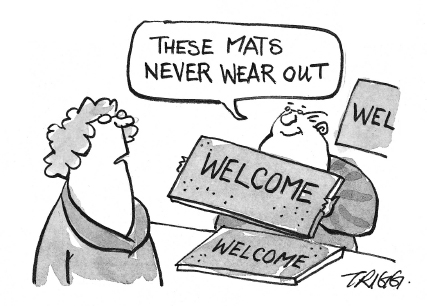
The first navigator to come to New Zealand named in Maori tradition was Kupe. He explored the coast of the North Island and was the first to sail through the strait that divides the two main islands. According to some traditions, Kupe also went to the South Island. He left New Zealand from a harbour on the west coast in the north of the North Islands which was named Hokianga nui a Kupethe Great Returning Place of Kupe. This name has remained on our maps in the abbreviated form of Hokianga. Another poetic name which goes back to the early Polynesian navigators and which is often used as an alternative name for New Zealand is Aotearoathe Land of the Long White Cloud.
The first European navigator to reach and name New Zealand was Abel Tasman. He had been sent by the Dutch East India Company in 1642 to find the hypothetical southern continent full of fabled riches. He set out from Batavia, todays Jakarta, and found New Zealand instead, naming the country after the Dutch province of Zeeland in the Netherlands.
Seeing that Tasman had not found any gold, interest in New Zealand was not strong, and it was over a hundred years later, in 1769, that Captain James Cook came from England on his ship, The Endeavour. He visited the islands and proved once and for all that they were just large islands and not the great southern continent whose existence had been assumed by the scholars of his day. Cook charted the islands, both on this voyage and on two other return voyages several years later. During his visits, he added many names to the map of New Zealand. The name of the country, however, remained New Zealand, and today it is often referred to as Aotearoa/New Zealand. In 1779, Cook, the brilliant navigator and one of New Zealands heroes, met an untimely death. He was killed in an altercation with the local people on the island of Hawaii.
Next page
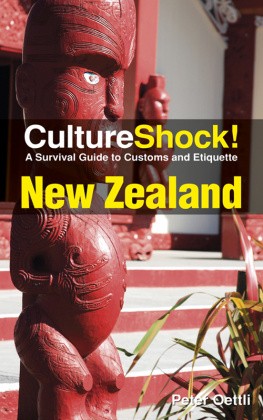
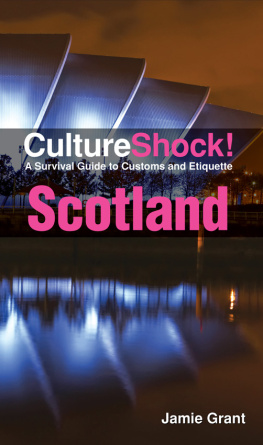
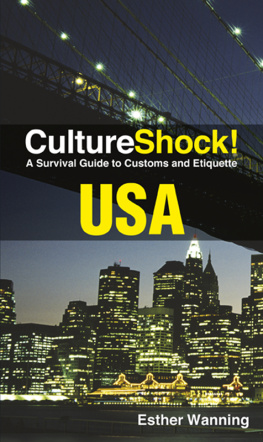

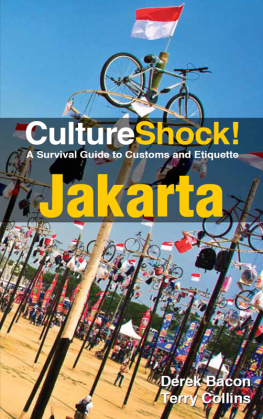
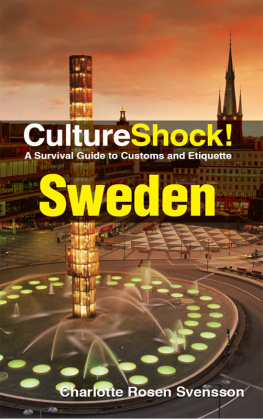
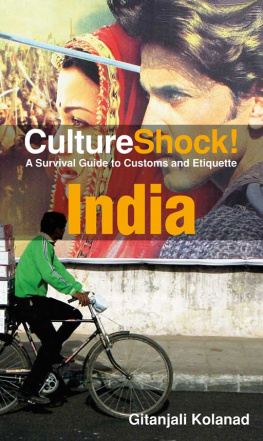
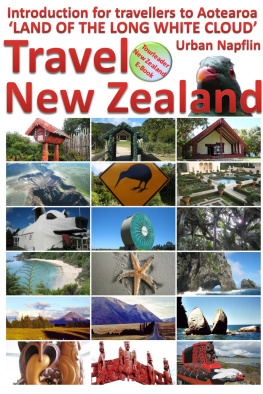
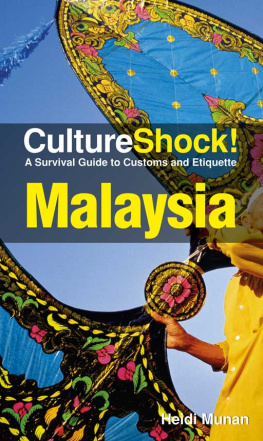

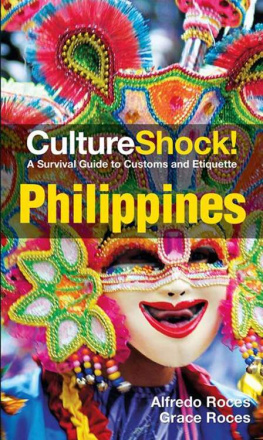
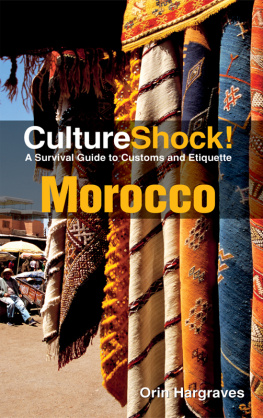
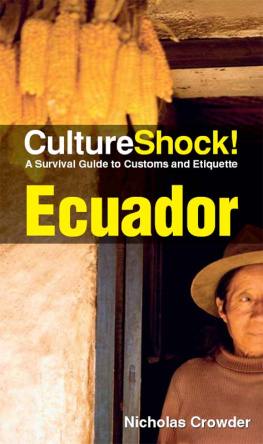

 Marshall Cavendish Ltd. 5th Floor, 32-38 Saffron Hill, London EC1N 8FH, UK
Marshall Cavendish Ltd. 5th Floor, 32-38 Saffron Hill, London EC1N 8FH, UK 